
Engraving by Joachim von Sandrart (before 1688)

at the Battle of Warsaw
Johann Philip Lemke, also given as Lembke or Lemcke (19 May 1631, Nuremberg - 3 April 1711, Stockholm) was a German-Swedish graphic artist, etcher and battle painter.


Johann Philip Lemke, also given as Lembke or Lemcke (19 May 1631, Nuremberg - 3 April 1711, Stockholm) was a German-Swedish graphic artist, etcher and battle painter.
His father was a sergeant in the Civil Guard during the Thirty Years' War. Despite the chaotic situation, he was able to attend school in Hamburg and, from 1642 to 1647, studied art with Jacob Weyer. He then went to Haarlem, where he studied with Jacob de Wet from 1649 to 1651. After that, he returned to Nuremberg and worked as an assistant to the etcher, Georg Strauch (1613-1673). In 1653, he was registered as a "Master" by the city of Nuremberg for his painting of the Israeli children against the Amalekites.
He spent the years 1653 to 1673 in Italy, mostly in Rome, where he came under the influence of the battle painters, Jacques Courtois and Pieter van Laer. [1] In the 1660s, his paintings came to the attention of Eric Dahlberg and David Klöcker Ehrenstrahl and, most likely upon the latter's recommendation, was called back to Sweden to become the official battle painter for King Karl XI.
In 1684, he began a series of paintings for the upper gallery in Drottningholm Palace, including the "Battle of Halmstad" and the "Battle of Lund". This was followed by paintings depicting the exploits of King Karl X in the lower gallery, for a total of twenty-four scenes. During the 1700s, these works suffered from the effects of unprofessional cleanings. In 1806, Anders Fredrik Skjöldebrand had some of them made into engravings.
He painted a similar series of battle scenes for Karlberg Palace. He also created a large number of etchings with Biblical themes and smaller paintings that he left unsigned. Many of those were initially attributed to other artists. Occasionally, he took on students, the best known of which is probably Carl Gustaf Tessin who, although he never became a painter, was inspired to amass a significant art collection. Daniel Stawert is also of some note.
His works may be seen at the Nationalmuseum, [2] the Uppsala University Library [3] and the Göteborgs konstmuseum, among several others. [4]
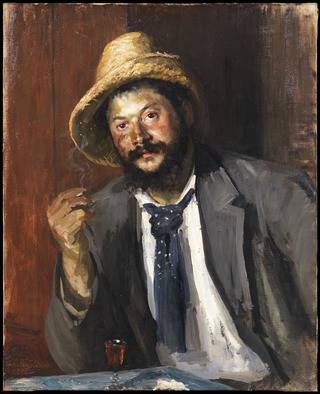
Ernst Abraham Josephson (1851–1906) was a Swedish painter and poet. He specialized in portraits, genre scenes of folklife and folklore.
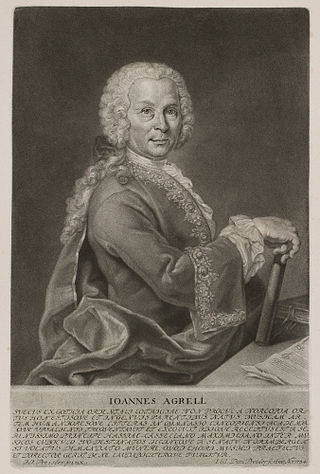
Johan Joachim Agrell was a late German/Swedish baroque composer.
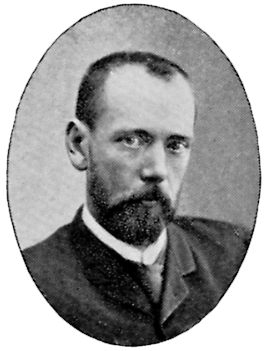
Johan Julius Ferdinand Kronberg was a Swedish artist and decorative painter.

Per Krafft the Elder was a Swedish portraitist. He was the father of the artists Per Krafft the Younger and Wilhelmina Krafft.

Georg Vilhelm Pauli was a Swedish painter, known primarily for portraits and figures. He was also the author of numerous art-related books.

Karl Fredrik Nordström was a Swedish painter who specialized in landscapes. From 1896 to 1920, he was chairman of the Association of Artists (Konstnärsförbundet).

Nils Edvard Kreuger was a Swedish painter. He specialized in landscapes and rural scenes.

Lorens Pasch the Elder, sometimes spelled Lorentz or Lorenz was a Swedish portrait painter.
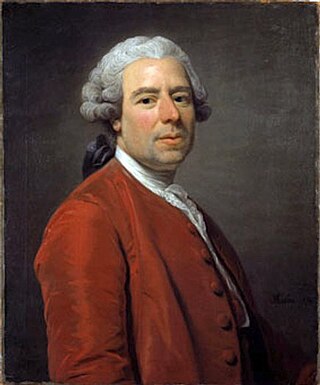
Johan Pasch was a Swedish painter, etcher and decorative artist. He is sometimes referred to as The Elder to distinguish him from another, minor, painter named Johan Pasch (1752-1811), who may have been distantly related.

Niklas Lafrensen was a Swedish genre and miniature painter. Active in Paris and Stockholm, Lafrensen is considered one of the chief European miniaturist of the second half of the 18th century.
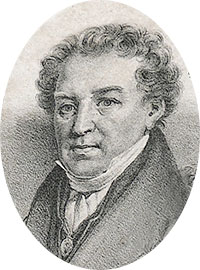
Carl Johan Fahlcrantz was a Swedish painter.
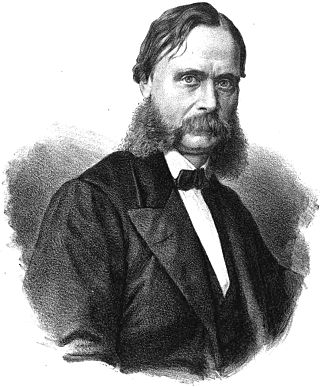
Egron Sellif Lundgren was a Swedish painter and author who specialized in watercolors.
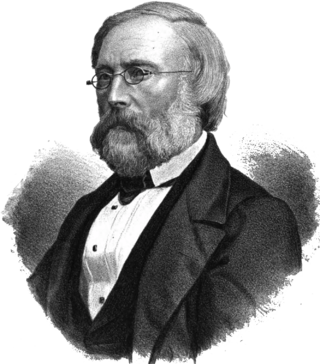
Gustaf Wilhelm Palm was a Swedish landscape painter and art professor.

Johan Philip Korn was a Swedish painter.

Nils Fredrik Gösta Hillberg was a Swedish actor. Hillberg first worked at Vasateatern, Svenska teater and Sydsvenska skådebanan, he also worked at Dramaten. He was the son of actor Emil Hillberg, and in 1908 he married actress Berta Schantz. Besides doing many theater works he also acted in more than fifteen films between 1920 and 1944 amongst them Ombytta roller (1920) and Flickan från Paradiset (1924).

Johan Ljung (1717–1787) was a Swedish ornamental sculptor attached to the Stockholm Palace.

Johan Edward Bergh was a Swedish jurist and landscape painter, associated with the Düsseldorf School.
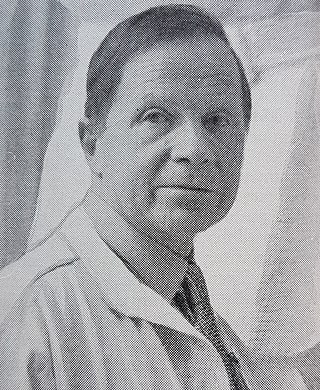
Johan (John) Anders Lundqvist was a Swedish sculptor.
Jonas Forsslund was a Swedish portrait painter and sculptor.
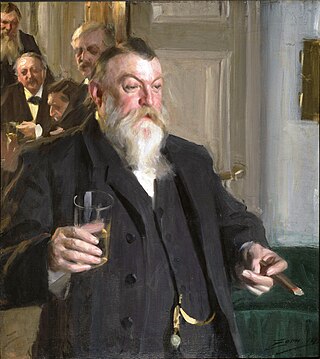
Sällskapet Idun is a Swedish association for men, founded in 1862 in Stockholm.
![]() This article contains content from the Owl Edition of Nordisk familjebok, a Swedish encyclopedia published between 1904 and 1926, now in the public domain.
This article contains content from the Owl Edition of Nordisk familjebok, a Swedish encyclopedia published between 1904 and 1926, now in the public domain.